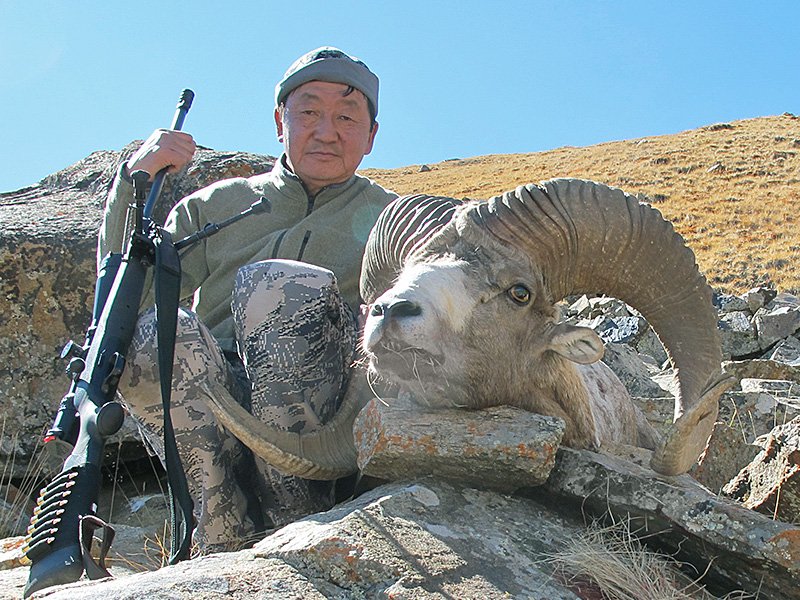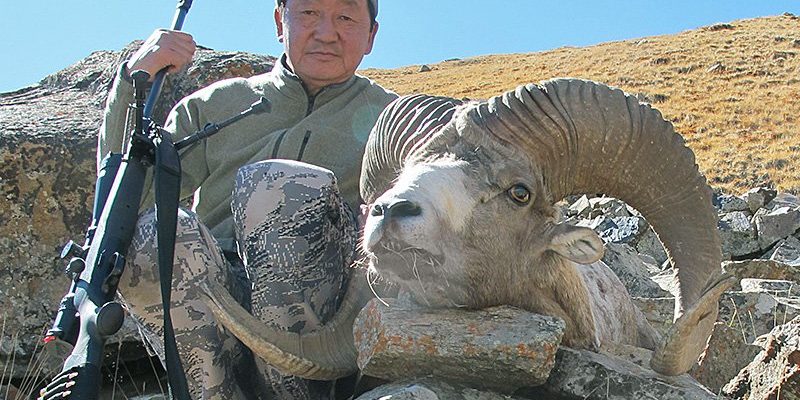
Living high in the mountains, these animals have adapted to a lifestyle that includes a mix of foraging and dodging danger. It’s a tough existence, but the Argali have strategies that help them thrive. Think of them as nature’s skilled survivalists, navigating the peaks and valleys while seeking food and avoiding becoming a meal themselves. What you might find most interesting is how their diet isn’t just about survival; it’s also a reflection of their environment, showcasing the interconnectedness of life in the mountainous ecosystems.
Understanding the Argali’s Habitat
The Argali sheep usually call Himalayan and Central Asian mountains their home. These jagged terrains, with their rocky outcrops and high-altitude grasslands, are both their playground and their pantry. Picture a sprawling landscape, dotted with lush grasses and shrubs, providing a buffet for these herbivores. The Argali generally inhabit elevations ranging from 3,000 to 5,000 meters, where the air is thin, and the weather can turn harsh in an instant.
Living in such rugged conditions requires the Argali to be adaptable. They roam vast distances in search of food, moving from summer pastures to winter ranges. The constant change in elevation means they have to adjust their diet based on what’s available. You might be wondering, “What do they even eat?” Well, let’s take a closer look at their diet.
The Argali’s Diet: What Do They Eat?
Argali are grazers, meaning they primarily feed on grasses and shrubs. Imagine them as nature’s lawnmowers, carefully trimming the ecosystem while munching on a variety of plants. Their diet can include:
- Grasses: These make up the bulk of their diet, especially in summer when growth is plentiful.
- Herbs: During spring, they favor tender herbs that provide rich nutrients.
- Shrubs: In winter, when grass is scarce, they turn to woody plants and shrubs, demonstrating their adaptability.
Their digestive system is uniquely designed to handle this fibrous diet. With a specialized stomach, they can efficiently break down tough plant material. This is crucial because food isn’t always easy to come by in harsh mountain climates. You might even spot them using their powerful hooves to dig through snow to find hidden grass or shrubs—resourcefulness at its finest!
Hunting Strategies: The Argali’s Defensive Tactics
While Argali might not be hunters in the traditional sense, they have to be clever about avoiding becoming a meal themselves. Their main predators include wolves, snow leopards, and humans. Here’s where their strategies come into play.
Firstly, the Argali often rely on their incredible agility and speed. They can zigzag through rocky terrain, making it tricky for predators to catch them. Think about how a gymnast navigates through an obstacle course—that’s the Argali darting among the mountains!
Another fascinating strategy is their strong social structure. Argali typically live in herds, which can provide safety in numbers. When threat is sensed, they often form a tight group, making it harder for predators to target a single individual. It’s like having a built-in security system!
The Role of Communication in Survival
Just like humans, Argali use communication to navigate their world and stay safe. They have unique vocalizations and body language that signal danger or alert others to nearby predators. This communication is vital for survival in their harsh environments.
For example, a sudden loud bleat might mean it’s time to run! These vocal cues help maintain the herd’s awareness and coordination, allowing them to react quickly when needed. It’s a reminder of how interconnected life is in the wild, where every sound can have significant implications for survival.
Seasonal Changes and Food Availability
The Argali’s diet isn’t static; it changes with the seasons, which is a fascinating aspect of their survival strategy. In spring and summer, when the mountains bloom with grasses and herbs, Argali can eat their fill. But come winter, the landscape transforms. The once-abundant greenery gets blanketed by snow, making it hard to find food.
During these colder months, Argali become more cautious. They might shift their grazing areas or forage more in groups to maximize their chances of finding hidden food. It’s a tangible reminder of how animals adapt to their environments, adjusting their strategies to ensure their survival.
Conservation and the Future of the Argali
Unfortunately, the Argali faces challenges due to habitat loss, poaching, and climate change. Conservation efforts are crucial to ensure their survival, as these animals play a significant role in their ecosystem. By keeping their populations healthy, we’re also preserving the delicate balance of the mountain habitats they call home.
Organizations and researchers are working to protect these majestic creatures by promoting sustainable land use and reducing human-wildlife conflict. Understanding their diet and hunting strategies can help shape effective conservation strategies. The more we learn about Argali, the better equipped we are to help them thrive in the wild.
In Conclusion
The diet and hunting strategies of the Argali give us a glimpse into the fascinating dance of life in the mountains. From their adaptation to harsh climates to their clever survival tactics, these majestic sheep are true marvels of nature. By protecting them, we’re not just saving a species; we’re preserving a part of our planet’s rich biodiversity. Next time you think about mountain wildlife, remember the Argali and the incredible journeys they undertake daily.

